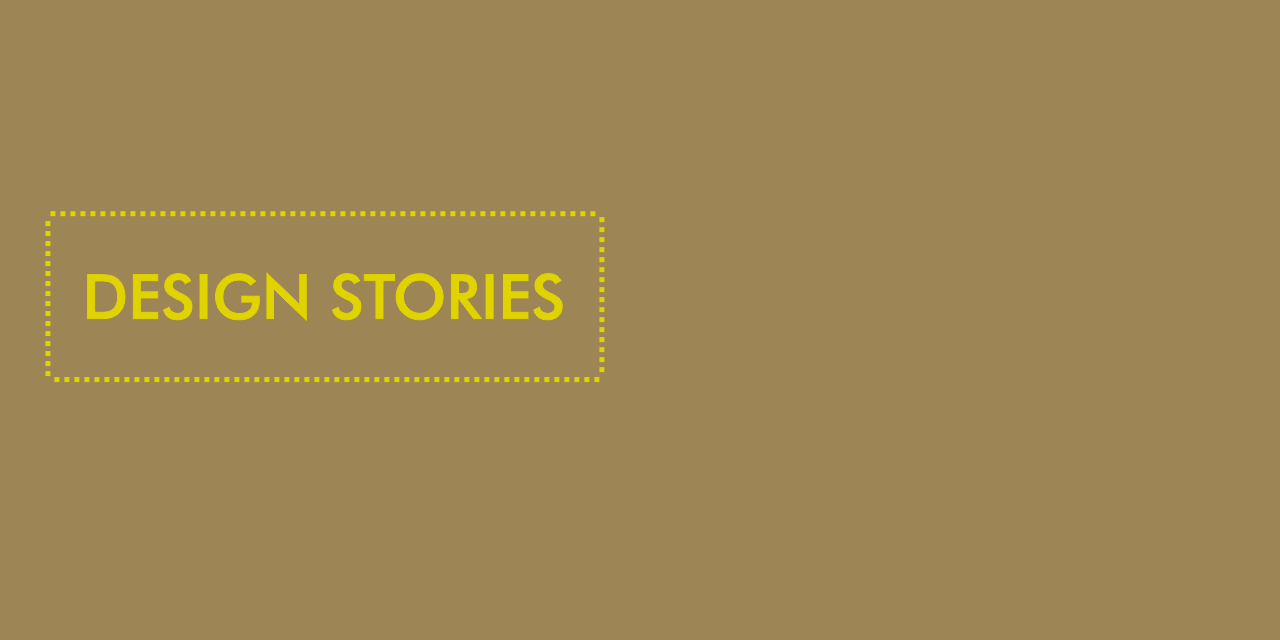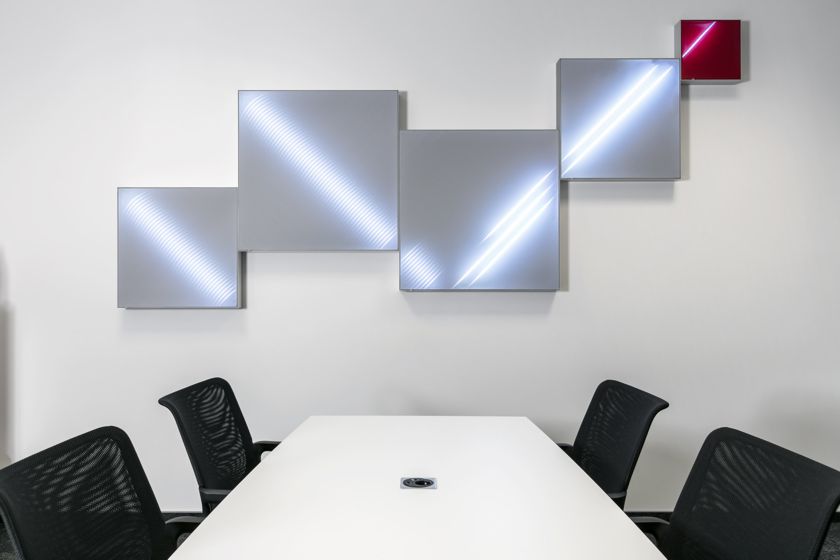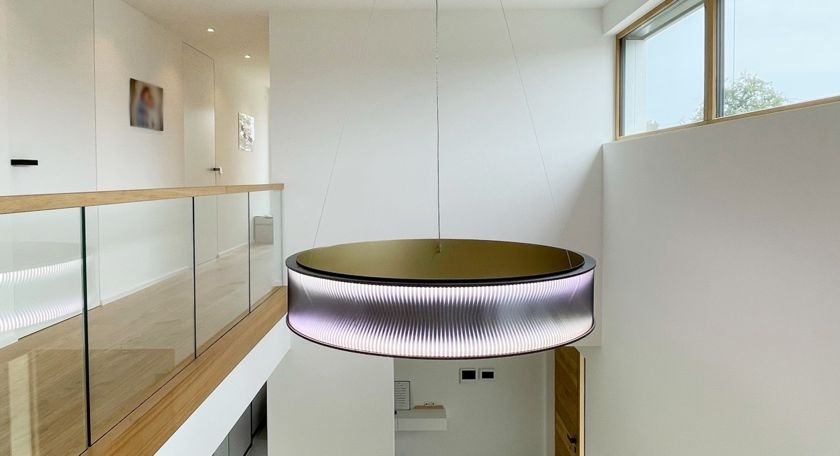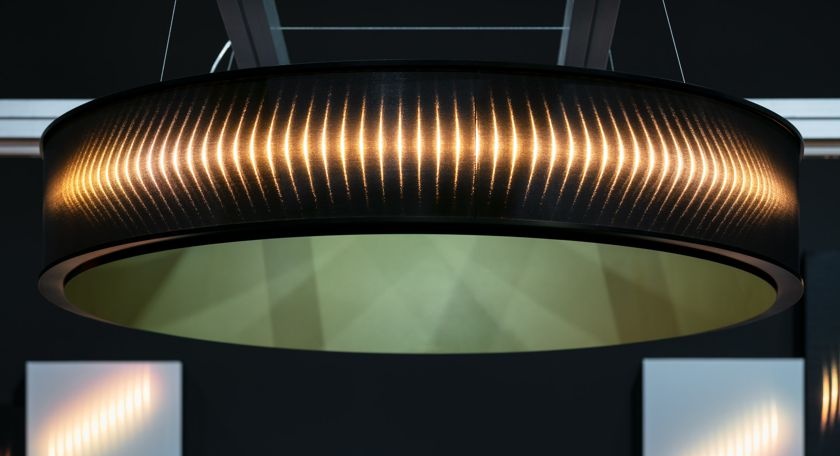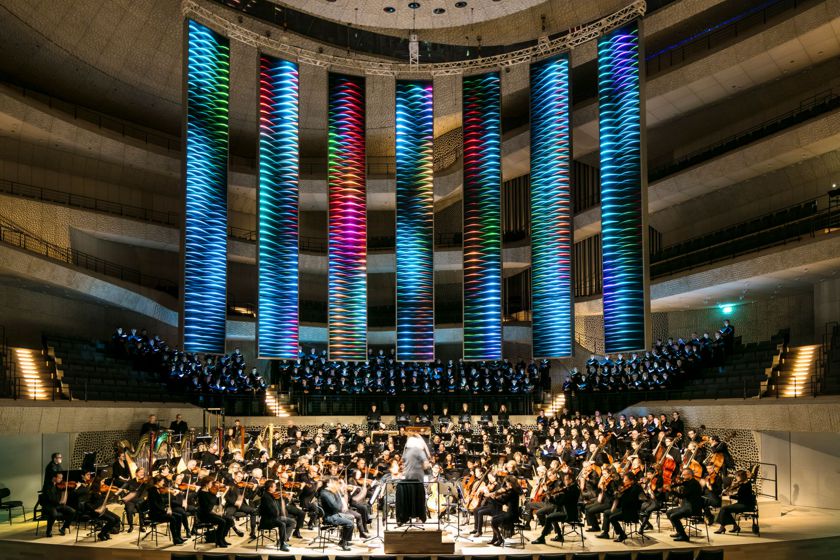ETTLIN SPINNEREI UND WEBEREI GMBH & CO. KG
Today the Ettlin Group consists of three divisions: Ettlin Textiles, Ettlin SmartMaterials and Ettlin Real Estate. Among other things, the latter takes care of the two large production sites in Ettlingen and Berlin-Marienfelde, which have been transformed into industrial parks since the 1990s. Ettlin Lux is a brand of the Ettlin Group.
www.ettlinlux.com
www.ettlinlux.com
